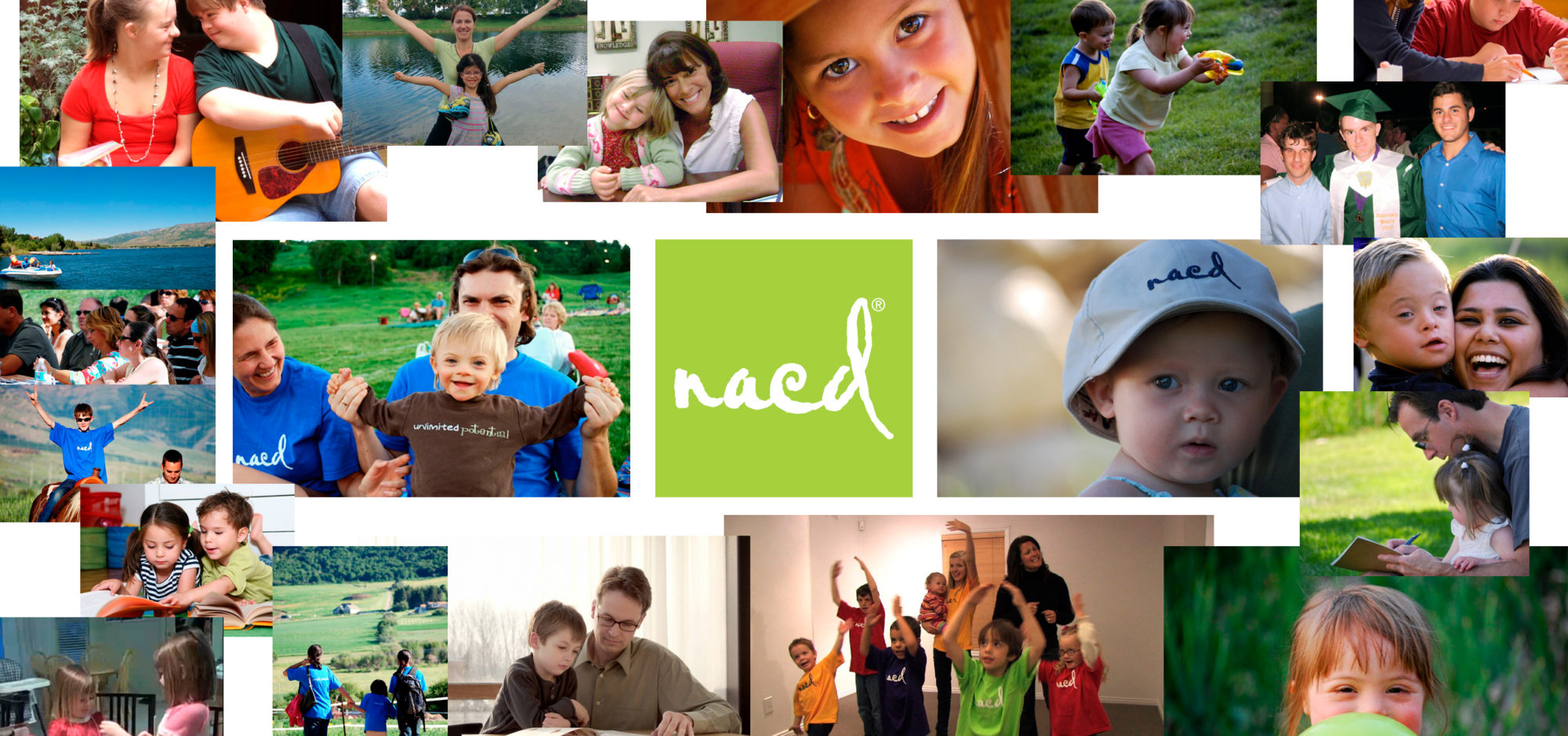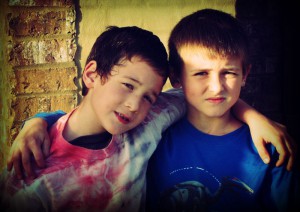It’s still snowing in Utah—it’s April, what happened to spring?
I recently had the opportunity to teach a friend visiting from the warm climes of the south how to drive in our Utah snow. To be honest, I’m not sure there was a lot of teaching; it was more like a lot of shoveling, and with the aid of some helpful ice fisherman, a lot of pushing and pulling to get the car out of a ditch.
For her first snow-driving lesson, I decided to pick a place without other vehicles, buildings, or people to run into. So we went up to a nearby lake and used the road leading to the boat ramp. It had just snowed and there was about a foot of new snow on the road. The road to the ramp looked perfect. Only a few ice fishermen had driven on it, so the snow was still rather pristine and there was not much of a tire path created in it yet. When I put my friend behind the wheel, my instructions were for her to get a feel for the snow, experiment with a little acceleration, stopping, starting, little movements right and left—to just get a feel for it all, but to stay in the center, watch out for the ditches on both sides, and drive to the end of the road. She did really well. Actually she did really well for about 10 seconds. Without any real ruts yet in the road, and with only a couple squiggly pickup tracks, it only took a tiny turn off center and a little acceleration to put us in the ditch. It would have been a whole lot easier for her if there had been good ruts in the snow. Once she was stuck in the rut, she could have easily moved forward and reached our destination.
The idiom “stuck in a rut” is all about negative connotations, but I think we need to reexamine and perhaps change the meaning to something like: to establish a path, a direction, develop a plan, and stick to it.
I had about eight months last year when I was stuck in a diet/exercise rut. I established a really good diet and exercised and lost about 25 pounds and felt great. As long as I was stuck in my rut I was super. Unfortunately the holidays came, lots of entertaining folks at home and in restaurants while on the road and just a bunch of stuff. I kept wiggling out of my rut, then lost it altogether and gained most of the weight back and lost the corresponding health benefits. I haven’t been in a rut, I’ve been out of the rut and need to get back in it. Hopefully I think I am back now.
Think about changing your perception. Create a path for your children, for yourselves, and work hard to find and get stuck in your rut. You might get to where you want to go a whole lot faster.

 Yesterday I saw one of my favorite moms. She’s a great, dedicated mom who works very hard with her two boys. Her oldest boy has some significant problems, but he keeps progressing and is on most days her “easy” one. His little brother is very bright, doing great, and tends to drive her nuts. Because he is bright and still a little guy, he still does little kid things that get her; and more often than not, they are designed to do exactly that–get her attention. If asked the following questions, her answers would all be “yes”: Is he smart? Yes. Is he a nice kid? Yes. Is he a good kid? Yes. Is he a sweet kid? Yes. Then why should such a child drive her nuts? If he were her best friend’s boy, and not hers, she would love being around him and he wouldn’t drive her to distraction.
Yesterday I saw one of my favorite moms. She’s a great, dedicated mom who works very hard with her two boys. Her oldest boy has some significant problems, but he keeps progressing and is on most days her “easy” one. His little brother is very bright, doing great, and tends to drive her nuts. Because he is bright and still a little guy, he still does little kid things that get her; and more often than not, they are designed to do exactly that–get her attention. If asked the following questions, her answers would all be “yes”: Is he smart? Yes. Is he a nice kid? Yes. Is he a good kid? Yes. Is he a sweet kid? Yes. Then why should such a child drive her nuts? If he were her best friend’s boy, and not hers, she would love being around him and he wouldn’t drive her to distraction. As I talk with parents about behavior, it becomes clearer and clearer that child management, behavior, the establishment of boundaries, creating a positive relationship with your children, and creating a positive environment for your children that helps them grow into successful, mentally healthy, confident individuals who feel secure and who have good self images–all of these things start with one very simple concept: “No” means NO.
As I talk with parents about behavior, it becomes clearer and clearer that child management, behavior, the establishment of boundaries, creating a positive relationship with your children, and creating a positive environment for your children that helps them grow into successful, mentally healthy, confident individuals who feel secure and who have good self images–all of these things start with one very simple concept: “No” means NO.